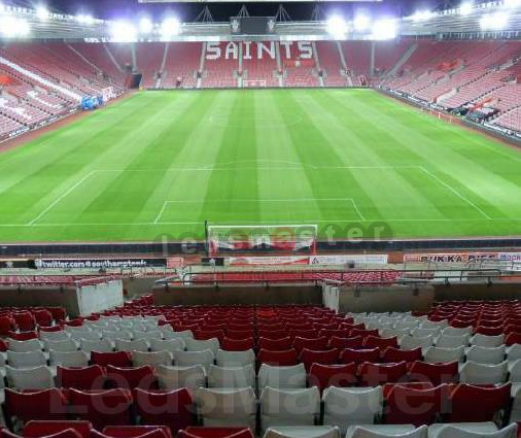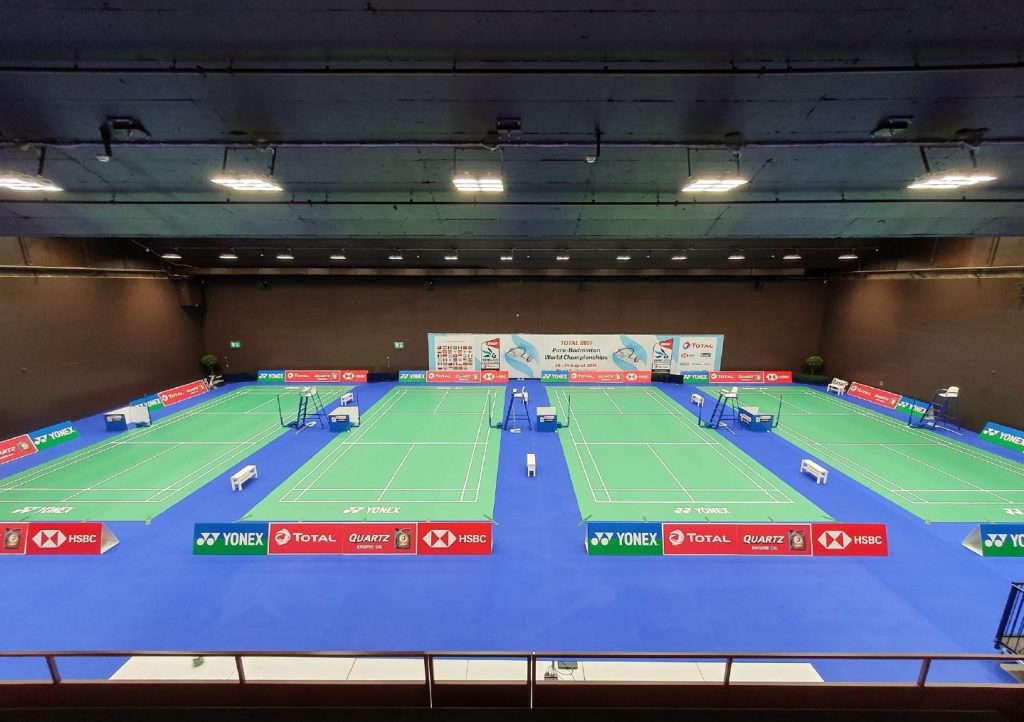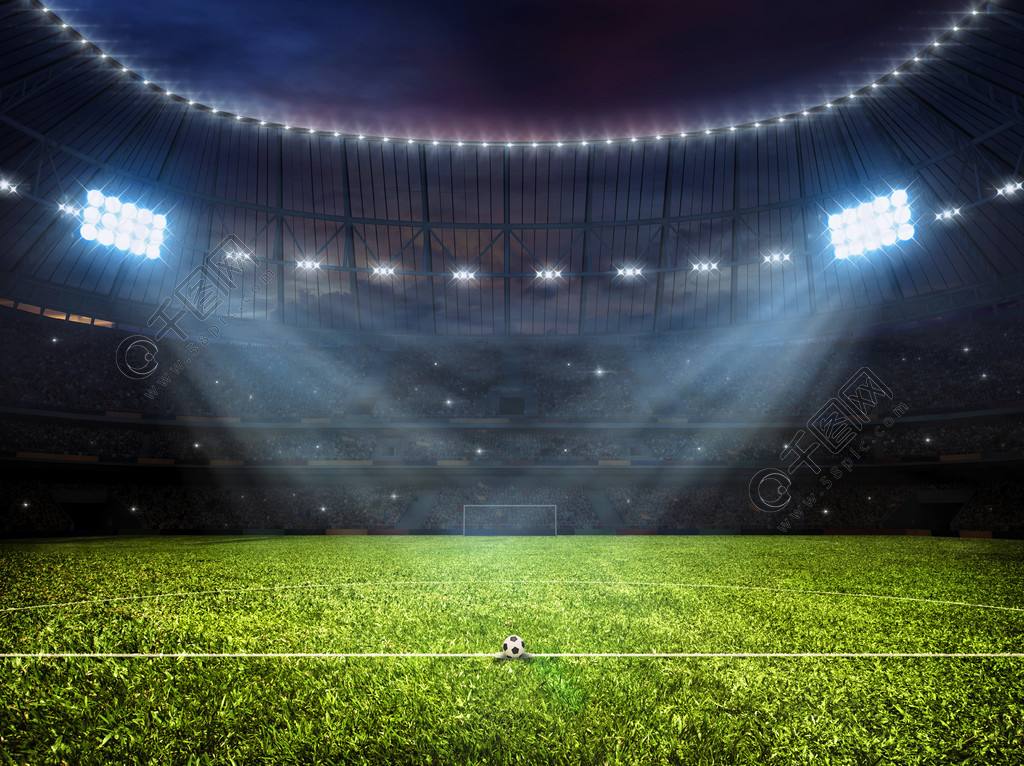Unexpected Power Outage at Superbowl LXVII: A Severe Interruption to the Nation’s Biggest Sports Event
The last thing on your mind when attending or watching a game on television is a power outage. However, during Superbowl LXVII on Sunday, February 3, fans, officials, crews, and players were left in near darkness for about 34 minutes due to a sudden outage of a large group of HID light banks. The incident occurred at the nation’s biggest sports event of the year, and it was unexpected.
Numerous reports about the cause of the lights going out at the Superdome in New Orleans flooded the media, with commentary pouring in on the internet. According to one report, the electrical equipment connecting the stadium to the electric utility was replaced in December, and the issue didn’t appear to be related to that equipment. Metering at the Superdome during the game showed nothing more than a normal load. Another account revealed that officials at the Superdome had been concerned about the facility’s electrical system for months before the game. Although many vital repairs were made, not all were completed. Testing of the feeders that power the stadium uncovered some power quality issues. Ultimately, protection relays on the power feed to the stadium detected the problem and shut down the system automatically. Regardless of whether the outage resulted from faulty equipment, improper maintenance, or human error, the bottom line is that the interruption severely impacted the game and the financial success of the event.
A high-profile sporting event experiencing a power outage can lead to intense scrutiny from various organizations after the outage.
The Importance of Proper Sports Lighting and Power Supply for Sporting Events
The recent power outage at the Superbowl highlights the significant importance of proper illumination for sporting events, both indoors and outdoors. Unlike other lighting systems, sports lighting requires regular maintenance. Incandescent lamps were the standard for sports lighting before the adoption of high-intensity discharge (HID) lighting. Currently, metal-halide HID lamps are the standard for sports lighting, with most applications using lamps with wattages of 400W, 750W, 1,000W, or 1,500W. Although some facilities have upgraded to pulse-start units over the last two decades, many still use probe-start lamps. Magnetic ballasts designed for HID lamps are still used in all applications.
Arena or stadium officials conduct tests on each bank of HID lights days before a game to ensure they start up correctly and provide full illumination. If too many lamps fail or appear weak, they are replaced immediately. Officials also check the illumination levels and color at different locations on the field or court to ensure suitable lighting for TV cameras. To allow for camera checks and adjustments, the lights are turned on well before dusk. Additionally, lights remain on for hours after the game has ended, giving crews sufficient time to clean the court or clear the field and allowing them to attend to the mess left behind by spectators.
Power supply to stadiums and arenas is taken for granted by spectators, stadium/arena crews, and game officials just like in any other customer facility. Depending on the size of the sports complex, it may be powered by more than one electric utility feeder, ranging from local high school football stadiums and basketball arenas to professional football superdomes. A complex array of loads requires power in stadiums and arenas. Although outdoor lighting is the most significant load, there are other power requirements as well. These include scoreboard systems, audio systems, office equipment, HVAC systems in bathrooms and skyboxes, as well as power on the court or field for support equipment.
Strategies for minimizing interruptions in lighting
The Figure depicts three approaches to prevent the disruption of an HID lighting system in a sports complex. The first option is to inject energy into the AC power system at a specific point to maintain energy flow to the lighting system during a power outage. The second option is to install a hot-restrike system that overrides the HID lamp. The third option is to provide a premium power feed to the sports complex. Let’s examine each option in more detail.
One option is to enter into a contract with an electric utility to provide a premium power feed, which can be achieved by upgrading distribution feeders. These feeders may have a high level of reliability, either because they have been recently upgraded or because they are dedicated lines from a substation, with only one or two customers sharing the line. Historical power quality data may also be available to indicate their reliability. However, this service comes at a premium price, and given the infrequent use of most arenas and stadiums, it may not be the best option.
Another option is to install hot-restrike gear on each HID luminaire. This is an add-on system that can detect when a metal-halide lamp goes out and provide a high-voltage starting pulse, higher than what is typically needed to start a lamp. This pulse will achieve breakdown in the lamp’s arc discharge tube, allowing the lamp to restart while hot. However, these systems require energy in standby mode and may degrade the energy performance of the lighting system to some extent. Additionally, they can be bulky and expensive, and may not fit into certain types of lighting fixtures. Installation of new lamps may also be necessary in some cases.
One option is to install an uninterruptible power supply (UPS) for the lighting system. UPS systems have proven effective in providing power quality during power outages. Some manufacturers offer UPS systems specifically designed for HID lighting. However, installing a UPS for all HID lighting systems may not be cost-effective. The decision to use a UPS will depend on the size of the system, frequency of use, and the financial impact of lamp failure on the customer’s business. Furthermore, using a UPS will add to the facility’s load, require floor space, and necessitate a significant capital investment.
Another option is to retrofit the existing HID lighting system with a different one. However, sports complex lighting applications have specific requirements, which may limit the technology choices for replacing sports lighting. While the lighting system is only used a few dozen times a year during game time, it must be powered up for practices and other local events held at the complex. Therefore, reducing energy consumption is a significant advantage for arena and stadium operators.
At present, sports lighting does not employ dimming. However, it may prove to be a valuable feature in the future. Arena and stadium officials, along with broadcasters, need to check the lighting system before dusk. Once verified with TV cameras, the power of the lighting system could be reduced until game time approaches, and then increased. Induction lamps offer a short warm-up time and a zero restrike time, which are advantageous for arena and stadium officials and broadcasters. If there is a power issue, the lights will instantly restart and return to full output in less than a minute, without disrupting the game or broadcast schedules.
Full-spectrum lighting has a wavelength closest to that of natural daylight. Modern TV cameras are digital and operate on full-spectrum light. The use of induction lamps that emit full-spectrum lighting can enhance TV image capture and camera performance during dynamic sports and game plays under various conditions that players experience during a game.


